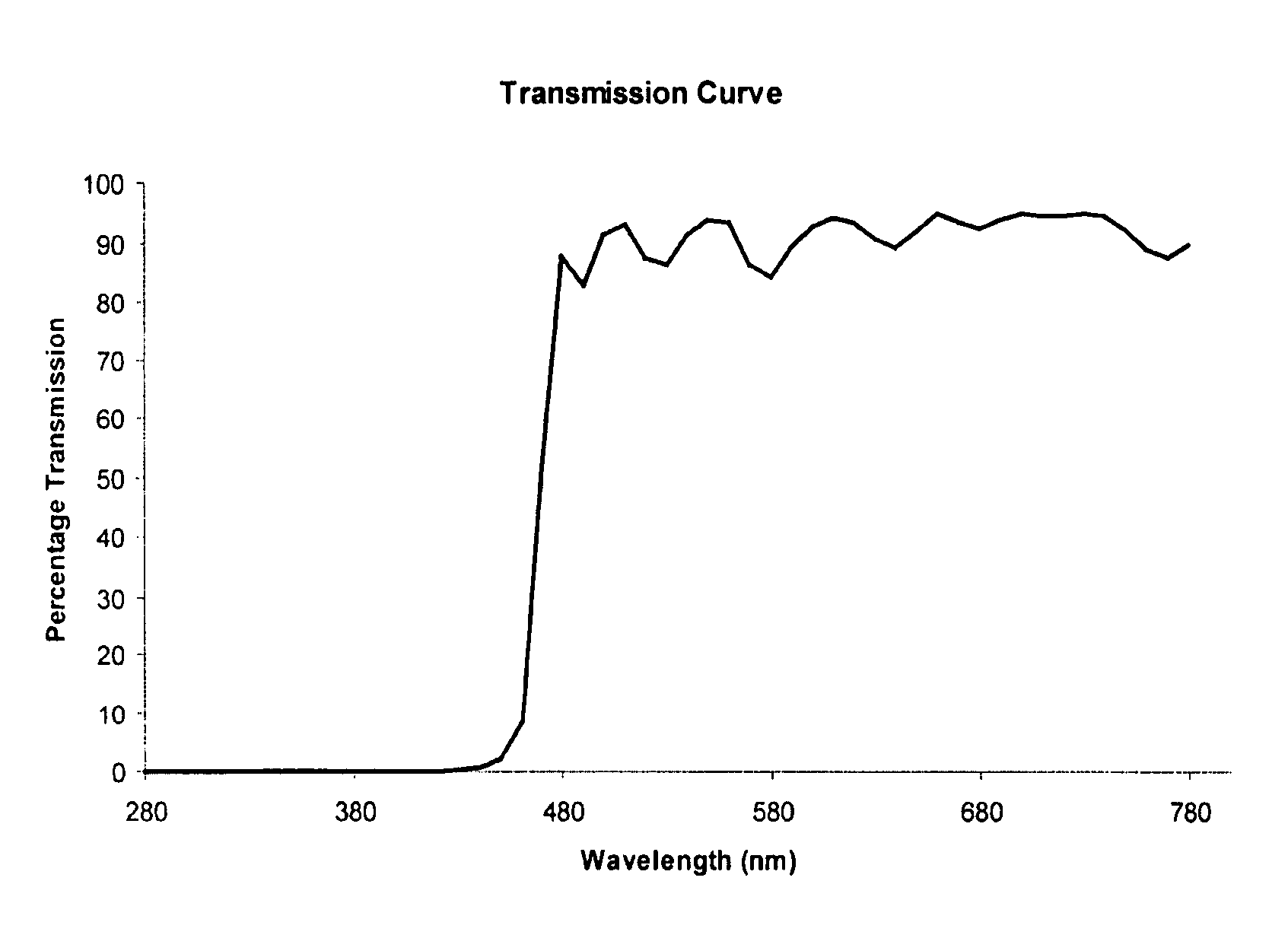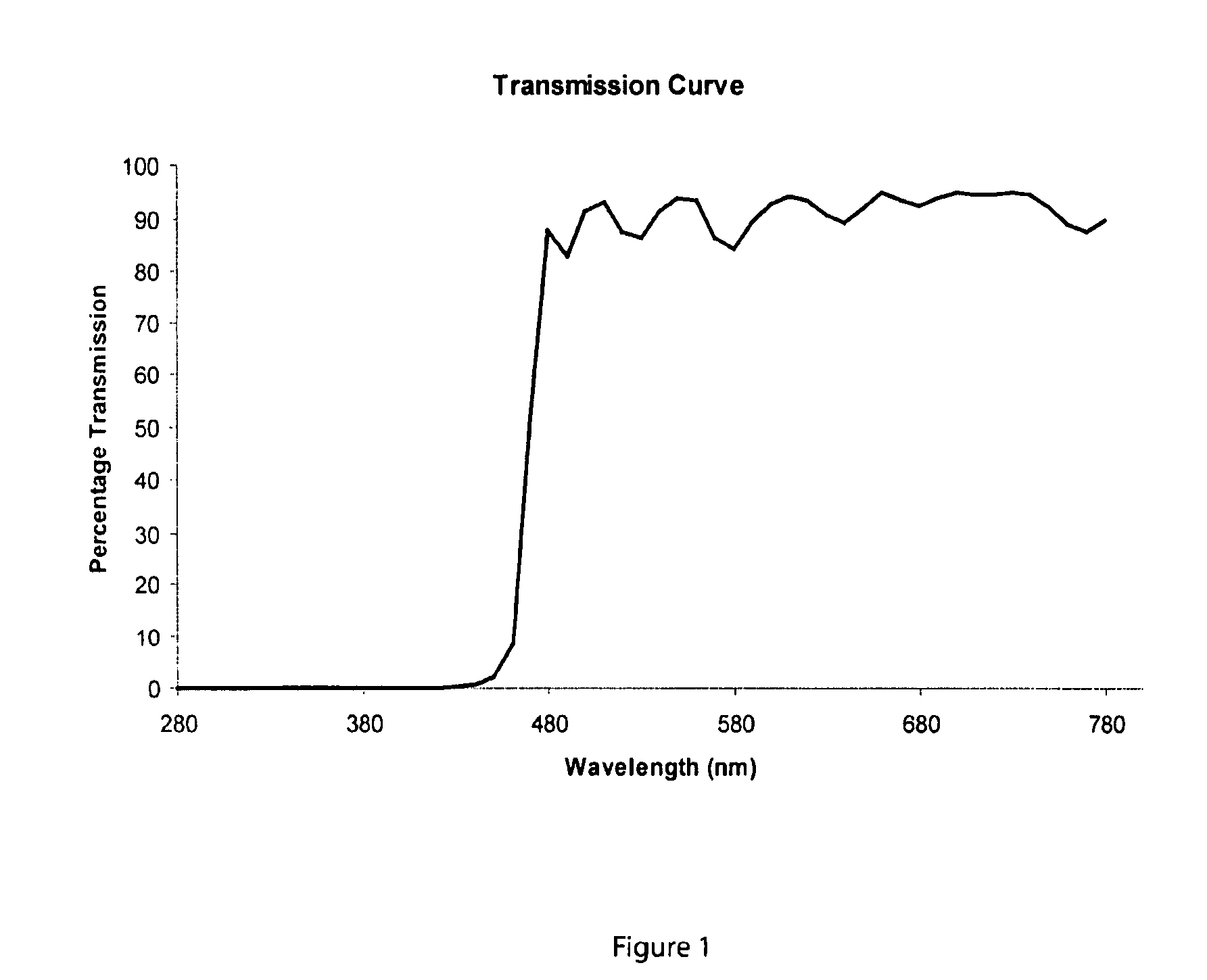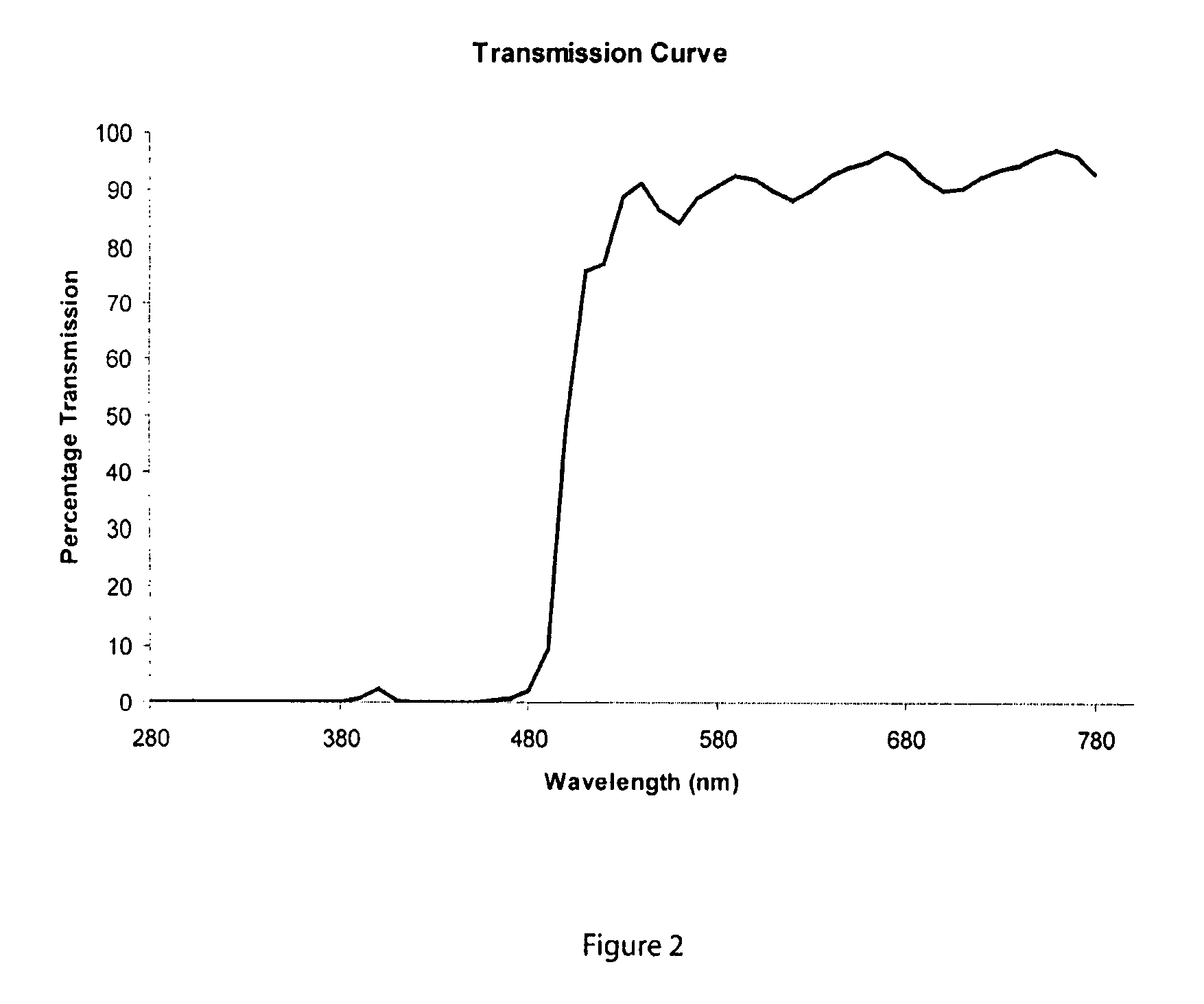Method and device for preventing alterations in circadian rhythm
a technology of circadian rhythm and glucocorticoids, applied in the field of methods and devices for maintaining circadian rhythm, can solve the problems of suppressing the immune system, night shift work, and rotating shift work, and affecting the short and long term effects of the body,
- Summary
- Abstract
- Description
- Claims
- Application Information
AI Technical Summary
Benefits of technology
Problems solved by technology
Method used
Image
Examples
example 1
[0069]Animals used for all experiments were adult non-breeding male Sprague Dawley rats (Charles River, Montreal, Canada) at 10 weeks of age (350 grams). These animals have been shown to exhibit robust melatonin profiles and since melatonin secretion is modulated by estrogen, female animals were excluded to reduce confounding factors. Prior to all experiments the animals were kept under 12:12 Light:Dark (LD) cycle (7 pm lights out, 7 am lights on, 475 Lux Incandescent lighting in the animal holding room during the light phase) with ad libitum feeding of standard rat chow and water for two weeks for acclimatization and to ensure circadian entrainment. The experiments were then carried out in three phases
[0070]Phase 1
[0071]In the first phase, the baseline melatonin and corticosterone profile under normal 12:12 LD cycle was determined. In rats, corticosterone, rather than cortisol, is the predominant glucocorticoid produced by the adrenal gland. Corticosterone measurements were done as...
examples 2 to 3
[0080]Based on the results of Example 1, optical filters that block a narrower range of low wavelength light, specifically between 440 nm to 480 nm have been developed. These filters have increased light transmittance and improved color recognition and overall improved visual acuity. As described in Example 1, data from animal studies have shown that filtering this narrow range of low wavelength light can normalize melatonin secretion (FIGS. 3 and 4), reduce glucocorticoid secretion to physiologic levels (FIGS. 5 and 6) and restore overall circadian rhythm as reflected by normalization of Per2 and Bmal1 (FIGS. 7 and 8) gene expression in the hypothalamus, even after continuous 12 hour light exposure at night.
[0081]Examples 2 to 3 will test the feasibility of using these filters as goggles in a mock night shift work environment and it is hypothesized that using these filters will restore melatonin secretion and glucocorticoid levels. This is a randomized crossover study with subjects...
example 2
Measurement of Nocturnal Melatonin and Cortisol Levels Under No Light Baseline Conditions and Under Bright Ambient Light at Night
[0083]Subjects are randomly assigned to one of the crossover study conditions. The addition of a ‘mock’ filter arm to the study serves to strengthen the research design, making this a more rigorous, true placebo controlled trial. Subjects are randomly tested under all conditions and the same procedures are carried out for each condition. All study conditions are separated by at least 5 recovery days between the last day of testing for one study condition and the first night of testing for the following condition. Each study condition involves one night of testing. During the night of testing the subjects are asked to remain awake for 12 hours mimicking a 12-hour night shift from 1900 h to 0700 h. Starting from 1900 h, saliva samples are collected from the subjects at an hourly interval until 0700 h giving a total of 13 samples per subject per experimental ...
PUM
 Login to View More
Login to View More Abstract
Description
Claims
Application Information
 Login to View More
Login to View More - R&D
- Intellectual Property
- Life Sciences
- Materials
- Tech Scout
- Unparalleled Data Quality
- Higher Quality Content
- 60% Fewer Hallucinations
Browse by: Latest US Patents, China's latest patents, Technical Efficacy Thesaurus, Application Domain, Technology Topic, Popular Technical Reports.
© 2025 PatSnap. All rights reserved.Legal|Privacy policy|Modern Slavery Act Transparency Statement|Sitemap|About US| Contact US: help@patsnap.com



